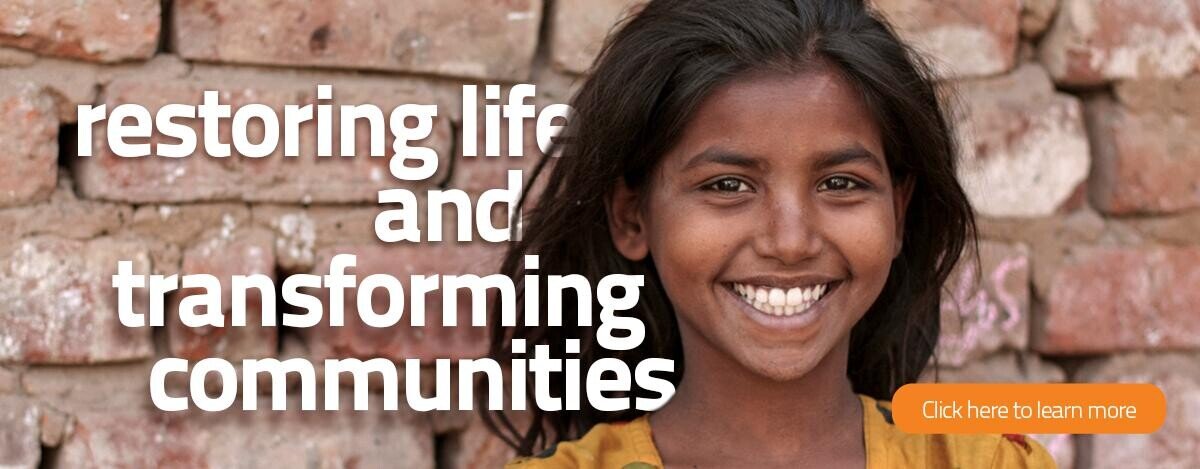By the middle of last week the warnings were going out: A major cyclone is heading up the Bay of Bengal. Cyclone Fani (pronounced “Foni”) was classified as a “very severe cyclonic storm”, and was going to hit first the coastal areas of Odisha State (the Indian State to the south west of West Bengal), and travel up through Kolkata to hit Bangladesh.
The Bay of Bengal regularly experiences cyclones, and some of them have been very serious. The top of the Bay of Bengal is an area with a high population density, and also an area of poverty. In 1999 over 10,000 people died when a big cyclone hit. In 2007 Cyclone Sidr claimed 3000 lives in Bangladesh. Fani was shaping up to be one of the big ones. By Thursday it was classed as “extremely severe”, with forecast winds of over 200 Km/hour.
The New York Times asked the question “How Do You Save a Million People From a Cyclone? Ask a Poor State in India”. The answer to that was well rehearsed plans that went into action. The Odisha and West Bengal State governments, and the Bangladesh national government have built networks of cyclone shelters. The shelters are pretty basic. Two storey concrete buildings on stilts, built to withstand the high winds, and to be above any flooding. The warnings went out. Fishing boats ordered into port. Coastal train services cancelled. Kolkata airport closed to all traffic for the period of the cyclone. Tourists were warned to get out – and special trains laid on for them. Coastal villages began to be evacuated.
To warn people of what was coming, [government authorities in Odisha] deployed everything they had: 2.6 million text messages, 43,000 volunteers, nearly 1,000 emergency workers, television commercials, coastal sirens, buses, police officers, and public address systems blaring the same message on a loop, in local language, in very clear terms: “A cyclone is coming. Get to the shelters.” (New York Times, 3 May 2019)
The scale of the operation, within the short time available, is mind-boggling. Literally millions of people moved. Bangladesh alone reported 1.6 million people moved into shelters!
Cyclone Fani hit the Odisha coast full force Friday morning local time. Damage was extensive. Thatched hut villages were wiped out. In the towns roofs were blown off. There was TV footage of a construction crane crashing off the multi-storey building it was working on. However human casualties were kept to a minimum. In India fewer than 20 fatalities compared to the thousands of other years. By the time Fani reached Bangladesh it had lost a lot of power, and was downgraded to “heavy storm”. Again, extensive damage (see chart), but the comment in the media was “A Sigh of Relief”.
If this had happened in New Zealand, with villages flooded, houses and crops destroyed, flood embankments damaged, and a million people evacuated, then it would be massive news! For India and Bangladesh, it was a sigh of relief – “we got off lightly”!
Human casualties were kept to a minimum, but the damage was still extensive, and particularly hits the poor. Houses damaged or destroyed, and crops lost. The cleanup will be massive, and will take months.
Odisha State was the hardest hit, and there are organisations appealing for help for them. Other areas were not so badly affected. The message from our Banzaid partners in Bangladesh in my email by Monday morning was “Thanks God that the Cyclone Fani has passed through Bangladesh having very few casualty. Our primary assessment over the projects we are working with found nothing serious to the lives and property. Therefore, we don't have any relief or rehabilitation plans for the communities that we work with. Thanks again for your prayer support.”
Cyclone Fani: A sigh of Relief
How Do You Save a Million People From a Cyclone?

